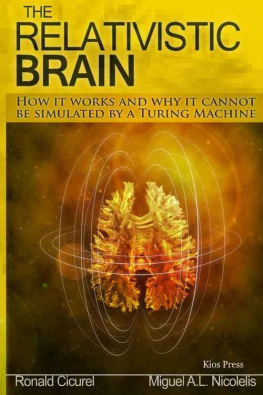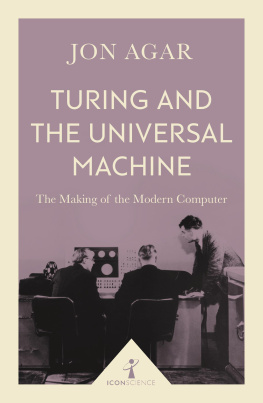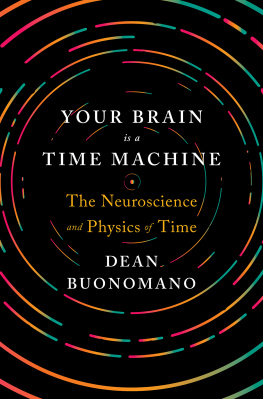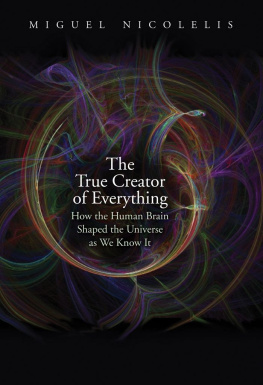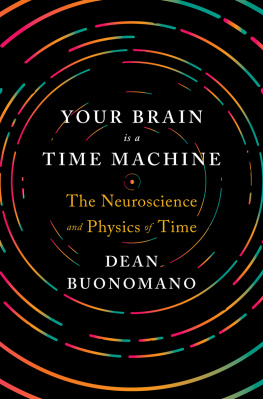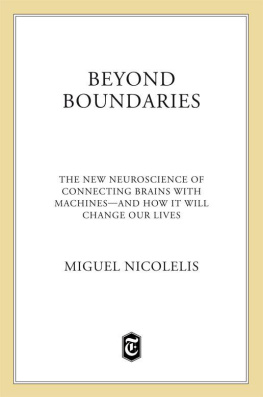Many people contributed to the preparation and revision of this monograph. First, we would like to thank all the members of the Nicolelis Lab and the Edmond and Lily Safra International Institute of Neuroscience of Natal who were patient enough to read multiple versions of the manuscript and provide many suggestions, criticisms, and ideas to improve it. We are also grateful for all the comments forwarded to us by Dr. Ron Frostig, who helped us clarify our thoughts in many domains.
Katie Zhuang was in charge of the cover art and all illustrations included in this work. We are very much in debt for her great artistic touch. Susan Halkiotis revised the monograph many times and provided many insightful suggestions to improve the way we communicate complex ideas. All the experimental work from the Nicolelis lab described in this monograph was supported by grants from the National Institutes of Health, FINEP, and the Hartwell Foundation
The authors would like to thank Lilliane Mancassola and M. Pitanga for their unconditional love and continuous support.
PREFACE
This small volume attempts to summarize almost a full decade of discussions between a mathematician (RC) and a neurophysiologist (MN) who grew fascinated, in their distinct ways, about the brain and its never ending riddles and mysteries. Throughout the past 10 years, in long meetings that either took place or eventually ended in the Da Carlo pizzeria, located in the center of Lausanne, Switzerland, each of us first strove to learn the scientific language of the other and, after common ground was found, merge our best ideas into a single unabridged theory of the brain.
Although some of our individual ideas have appeared before in the form of two books (Beyond Boundaries, written by MN, and Lordinateur ne digrera pas le cerveau, written by RC), the present book contains the first comprehensive written report of these decade-long conversations over pizza Napolitana and Classic (RC) or Diet Coca-Cola (MN). As such, it represents our best effort to present such a complex topic in a language that can be accessible by multiple scientific communities, and by members of a lay audience eager to listen to such abstract conjectures.
Despite the fact that any reader will be able to understand the key claims made in this book, we should emphasize at the outset that further readings will be needed to obtain a full understanding and thorough satisfaction - of the two central theses disclosed in this manuscript. The first of these is the description of a comprehensive new theory on how complex brains like ours actually operate. Named the relativistic brain theory (RBT), for reasons that we hope will become clear after the reader completes the first two chapters of this book, this new conceptual and physiological model tries to explain how huge networks of interconnected brain cells known as neurons are capable of both generating complex brain functions, ranging from mundane pain, to the sense of self and even consciousness, and, in striking contrast, diverge into pathological mental states, as the result of a multitude of neurological or psychiatric disorders that can devastate ones existence by altering the way our brains build the perception of ourselves and the world around us.
As a scientific theory, the RBT makes a series of predictions, which will require extensive experimental testing to be validated or falsified (see Appendix I). Nonetheless, we firmly believe that enough experimental and clinical evidence already available in the neuroscience literature warrants taking the opportunity to disclose our thoughts at this very moment. Indeed, to us, the relativistic brain theory offers a complete paradigm shift on how we comprehend the brain of higher animals.
In addition to disclosing a new brain theory, we also present in this monograph a series of arguments to counter the hypothesis, known as computationalism, that complex brains like ours resemble digital computers and, as such, could be reproduced or simulated by software running in a sophisticated supercomputer. For quite some time now, many computer scientists involved in artificial intelligence research have argued that most, if not all, complex functions generated by animal brains, including our own, will soon be effectively simulated by algorithms running on digital computers. Such a proposition is not completely new, since similar claims have been made since the days of Georges Boole and Alan Turing. Today, this computationalism view states that since the brain is a physical entity, it must obey the laws of physics which can be simulated on a digital computer.
More recently, a growing number of neuroscientists have advocated that the fulfillment of this epic milestone depends primarily on throwing bigger and faster computers and big data tools to the problem. Since vast funds (hundreds of millions of dollars) are required to acquire such hardware and manage the huge research teams involved in this effort, large research consortia have been formed around the globe with the explicit goal of simulating animal, and eventually even human, brains, on state-of-the-art supercomputers. Surprisingly, despite the enormity of such a claim that a human brain will soon be simulated on a digital computer - and the potentially life-changing impact on human society that fulfillment of such an objective would bring, very little scientific scrutiny has been given to examining the very basic tenant of this proposal:
Can a digital machine simulate the higher functions of a human brain?
Here, we combine mathematical, computational, evolutionary and neurophysiological arguments to deny the feasibility of such claims. We argue that modeling organisms, such as animal brains, in digital computers is hindered by non-computable and non-tractable problems that not even modern supercomputers can effectively handle. On the contrary, using our relativistic view of the brain, we propose that complex central nervous systems generate, combine and store information about itself, the body and the external world through the recurrent dynamic interplay of a hybrid digital-analog computational engine. At this engines core, the electrical firing produced by widely distributed networks of neurons flows through a large variety of biological coils, formed by the nerve bundles of the brains white matter core, continuously generating variable and complex electromagnetic fields (NEMFs). According to our theory, the manifold created by the continuous interferences of these NEMFs works as a biological analog computer, the neuronal space-time continuum, from which a mental space emerges to underlie most of the brains higher order functions. Interactions between this mental space and incoming peripheral sensory signals are stored in a distributed way on the brain. Since neither the generation of the NEMFs, nor their interplay with billions of neurons is either tractable or computable, any attempt to effectively simulate the true complexity of brains in a digital computer or any other Turing machine has no credible chance to succeed.

